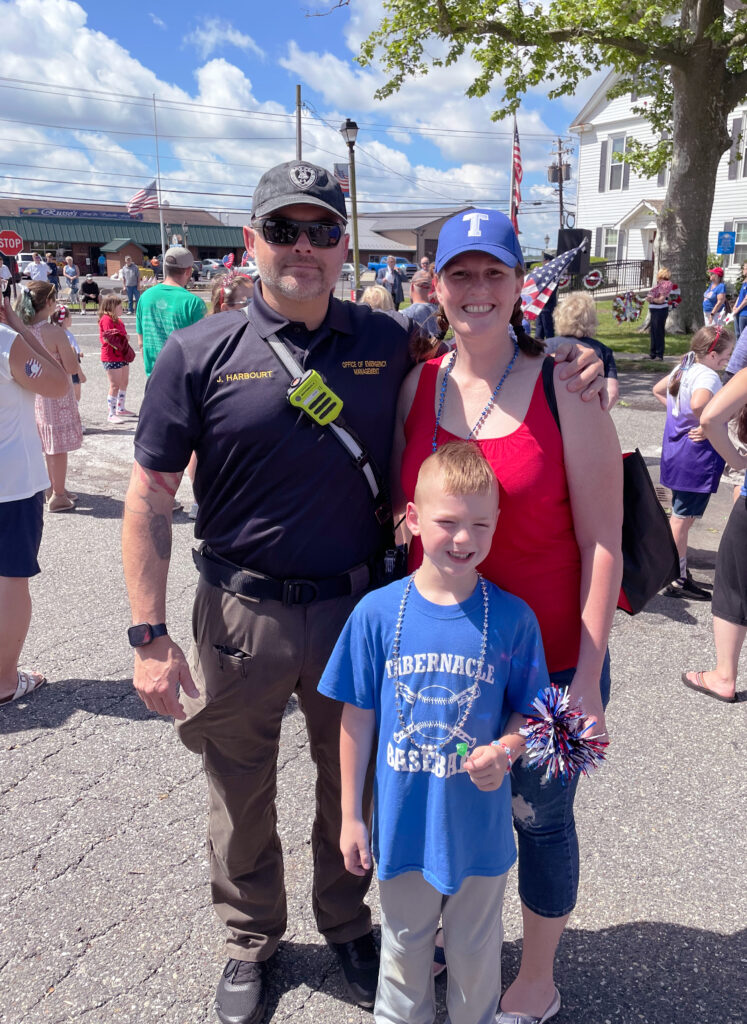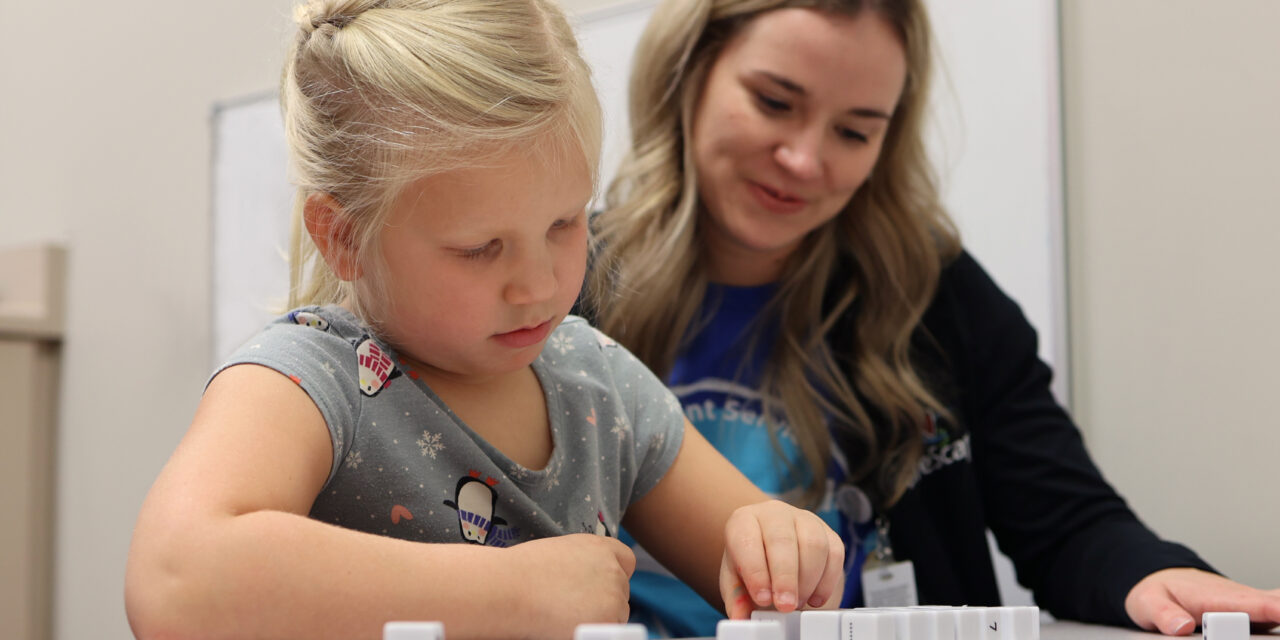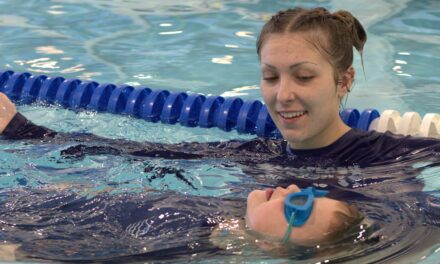Sponsored by LifeScape
This article was printed in the January/February 2025 Issue of ‘hood Magazine. To see this article in print or to read the whole issue, check out the digital issue!
“How do you put five-year-olds in front of a computer and expect them to learn?” It’s the height of the COVID pandemic, children are forced to find a new way to learn and parents are left scrambling to make sure their kids don’t fall behind. In Tabernacle, New Jersey, parents Jen and JT Harbourt found themselves in that position with their five-year-old son, Sonny. “My thought was we should keep him at daycare because they were doing in-person classes and that he would be ahead of the curve because he wasn’t doing online learning,” explains Jen. However, come October 2021, they were told Sonny might need a little bit of help with his reading.
Road to a Diagnosis
Their journey to a diagnosis led to frustration and roadblocks, not only because Sonny was having a challenging time with reading, but even skills like drawing were damaging to his mental state at such an early age. “He couldn’t differentiate the lines between text, so the letters were mixing together. With words, he would read “Cat” as “Cap,” and we’d wonder where the “P” came from,” explains Jen. “He’s also left-handed, which was affecting his drawing, and I’m right-handed, so my husband, who is also left-handed had to tell me why.” “When I was younger, I had a lot of issues because people don’t realize that being left-hand dominant means you have to adapt and do things differently,” says J.T. “Sonny loves animals and liked to draw tree frogs. He would draw them on our whiteboard, but he couldn’t make part of the tree frog red because he kept erasing it by accident and he would just become so upset. So, I turned the board around and that was it, problem solved,” explains J.T.
After months of testing and reading classes, the Harbourts sought out specialists for Sonny’s vision and hearing. Finding no issues, Jen contacted her mom, a Ph.D. and Board-Certified Behavior Analyst, for guidance. While visiting her in South Dakota, her mom arranged for Sonny to see an occupational therapist (OT) trained in visual motor therapy. After a thorough assessment, the OT identified that Sonny had difficulty with saccadic eye movements – a revelation that finally explained what was going on.

Starting Treatment
Saccadic eye movement disorders can affect the ability to make accurate eye movements, “Difficulty with eye movements can cause letter reversals, reading issues, headaches, and more,” explains Elise Edwards, an Occupational Therapist trained in visual motor therapy. “Occupational therapy uses play to help kids reach goals and developmental milestones that improve their life.”
Time is of the essence when it comes to visual motor therapy, specifically regarding skills such as reading and writing. “At age seven, if a child is already experiencing deficits with vision, activities can be much more difficult,” says Edwards, “as children get older, school gets harder, and expectations grow. The gap between where they are and where they should be gets larger.” Third grade was a key factor for Jen and JT as they were told if Sonny didn’t have a good basis by then, everything else would be a struggle, no matter the subject.
Sonny’s visit to LifeScape was truly eye-opening for his parents as the evaluation uncovered some fine motor skill weaknesses, too. Knowing they live across the country, a plan was put in place. “We learned he would need to do crossword puzzles, word searches, and mazes. Our Occupational Therapist at LifeScape gave us a thorough list of invaluable recommendations, explains Jen. “The skills to complete puzzles, and handwriting tasks are based on visual motor integration,” explains Edwards, “Visual motor integration includes ocular motor function, visual perception, and eye hand coordination.”

Seeing Improvement
Now, months later, Sonny is thriving, “I’ve noticed that when he wants to watch TV, I’ll put the closed captioning on, and I can see him reading the cc. I see a significant increase in his confidence. Even though they say he’s still behind, he’s leaps and bounds where he was before,” says J.T. “He even volunteered to get up in front of his class to read a story they were writing about, which is huge. That’s the icing on the cake,” says Jen.
A sign of relief in the form of a diagnosis over a thousand miles away from home. This resource is available right here in Sioux Falls, “Visual motor therapy can help children meet their maximum potential and be successful,” says Edward.
To learn more about visual motor therapy, visit lifescapesd.org.










